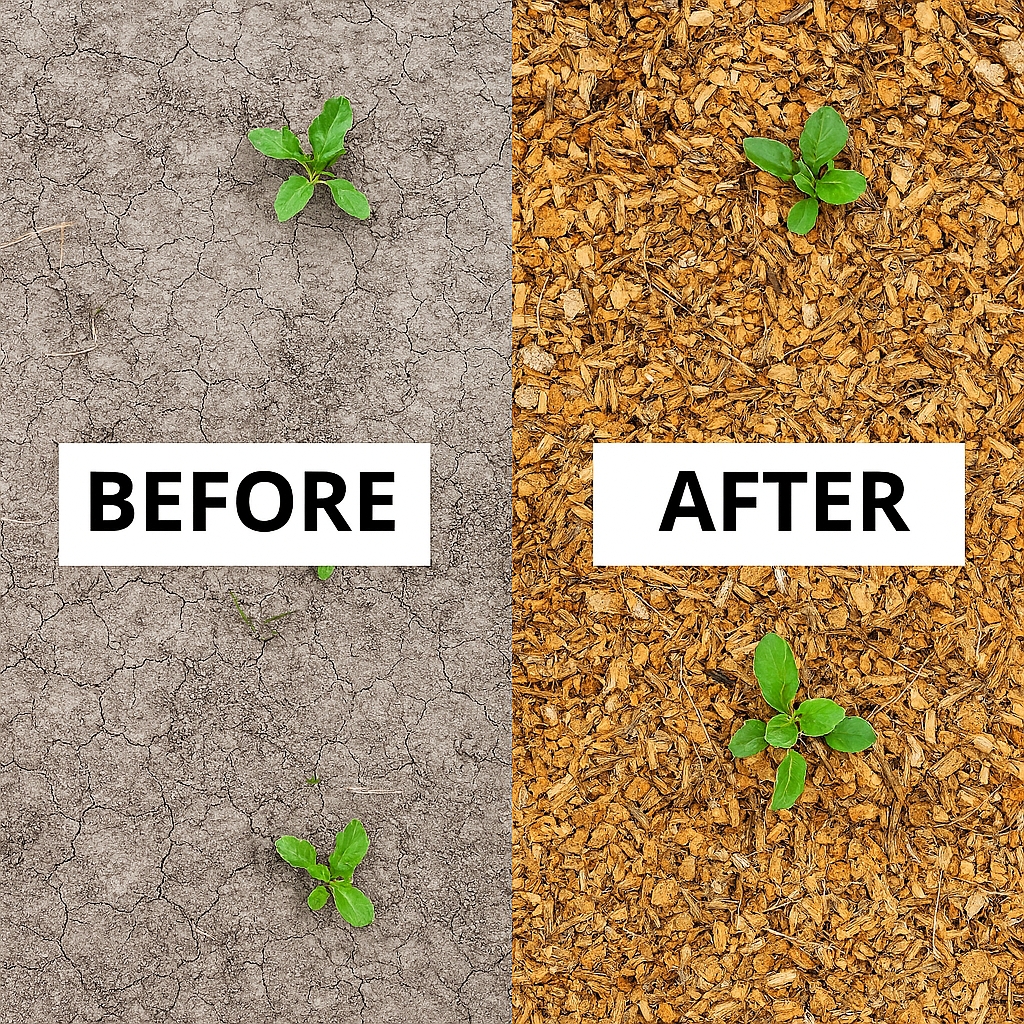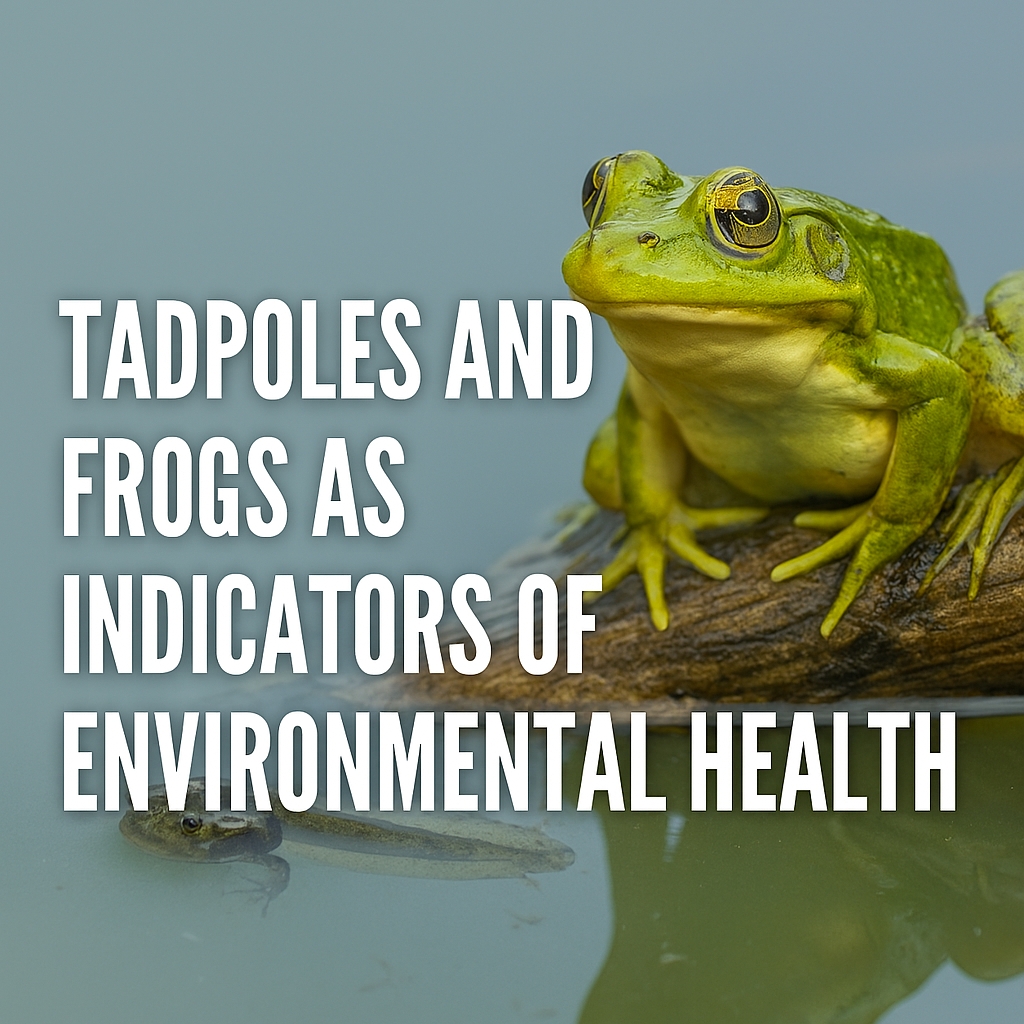Creating Safe Pathways For Possums AKA Possum Highways- Enhancing Arboreal Connectivity For Wildlife
In urban and semi-natural environments, possums often face fragmented habitats that disrupt their natural movement. Installing rope pathways between trees offers a practical solution to restore arboreal connectivity. These elevated routes allow possums to travel safely above ground, reducing exposure to predators, vehicles, and domestic animals. The concept aligns with ecological principles that prioritize habitat continuity and species-specific behavior.
Possums are primarily nocturnal and arboreal, relying on tree canopies for shelter, feeding, and movement. Rope pathways mimic natural branches, enabling uninterrupted travel across green spaces. This intervention supports biodiversity, reduces human-wildlife conflict, and enhances the ecological function of gardens, parks, and reserves. The approach is scalable, adaptable to various landscapes, and requires minimal infrastructure. It represents a low-cost, high-impact strategy for urban wildlife conservation.

Ecological Rationale For Elevated Pathways
Possums are adapted for life in the canopy, with strong limbs, gripping tails, and a preference for elevated movement. Ground travel exposes them to significant risks, including predation, road traffic, and territorial pets. Rope pathways offer a safe alternative that aligns with their natural behavior. These structures reduce stress and injury, support population stability, and facilitate access to feeding and nesting sites. Elevated routes also minimize damage to human structures, as possums are less likely to seek alternative paths across rooftops or fences.
The ecological rationale is grounded in habitat connectivity theory, which emphasizes the importance of linked habitats for species survival. Rope pathways serve as artificial connectors, bridging gaps caused by urban development. Their presence enhances ecosystem resilience and supports long-term biodiversity.
Table – Comparative Risk Analysis: Ground Travel Vs Rope Pathways
| Risk Factor | Ground Travel Exposure | Rope Pathway Mitigation |
|---|---|---|
| Predation | High | Low |
| Vehicle Collision | High | None |
| Pet Conflict | Frequent | Rare |
| Habitat Fragmentation | Severe | Reduced |
| Stress Levels | Elevated | Minimized |
Behavioral Adaptation And Usage Patterns
Possums exhibit rapid behavioral adaptation when introduced to rope pathways. Initial interactions may involve cautious exploration, but usage typically increases within days. Observational studies show that possums quickly incorporate these routes into their nightly routines. Juveniles often follow adults, indicating social learning and intergenerational transmission of safe travel behaviors. Rope pathways encourage possums to remain in tree canopies, reducing time spent on the ground. This shift supports healthier movement patterns and lowers exposure to threats. Usage patterns vary by species, with common brushtail possums showing strong adoption rates. Monitoring reveals increased activity in areas with multiple interconnected ropes. Behavioral adaptation confirms the effectiveness of these pathways as functional habitat extensions.
Key Points – Behavioral Benefits Of Rope Pathways
- Rapid adaptation to elevated routes
- Increased canopy-based movement
- Reduced ground-level exposure
- Social learning among possum groups
- Enhanced nightly activity patterns
Material Selection And Installation Guidelines
Selecting appropriate materials is critical for the safety and longevity of rope pathways. Ropes must be weather-resistant, load-bearing, and textured for grip. Synthetic options such as nylon or polypropylene offer durability and flexibility. Natural fiber ropes may blend aesthetically but degrade faster in outdoor conditions. Installation should prioritize secure anchoring to strong branches or trunks, avoiding areas with high human traffic. Knots must be reinforced to prevent slippage, and tension should allow slight sway to mimic natural branches. Pathways should be positioned at heights that discourage pet interference and align with possum movement corridors. Regular inspection and maintenance are essential to ensure continued safety. Installation guidelines should be standardized for consistency across different environments.
Table – Rope Material Comparison For Wildlife Pathways
| Material Type | Durability | Weather Resistance | Grip Texture | Suitability |
|---|---|---|---|---|
| Nylon Rope | High | Excellent | Moderate | Very High |
| Polypropylene Rope | High | Good | Moderate | High |
| Natural Fiber Rope | Medium | Poor | High | Moderate |
| Cotton Rope | Low | Poor | Low | Low |
Biodiversity Support Through Arboreal Infrastructure
Rope pathways contribute to broader biodiversity goals by facilitating movement and interaction among arboreal species. Possums play a role in seed dispersal, pollination, and insect control, making their mobility essential to ecosystem health. By enabling safe travel, rope pathways support these ecological functions. The infrastructure also benefits other species such as gliders, tree frogs, and certain birds. Creating multi-species corridors enhances habitat value and promotes coexistence. Biodiversity support extends beyond individual gardens to urban green networks. Rope pathways can be integrated into larger conservation strategies, linking parks, reserves, and private properties. Their presence fosters ecological connectivity and strengthens urban resilience.
Key Points – Biodiversity Benefits Of Rope Pathways
- Supports seed dispersal and pollination
- Enables multi-species movement
- Enhances habitat connectivity
- Promotes urban ecological resilience
- Reduces human-wildlife conflict
Maintenance Protocols For Rope Infrastructure
Ongoing maintenance is essential to ensure the safety and effectiveness of rope pathways. Exposure to environmental stressors such as UV radiation, moisture, and wind can degrade materials over time. A structured inspection schedule should be implemented, including monthly checks for fraying, tension loss, and anchor stability. Seasonal assessments are recommended to address damage from storms or temperature fluctuations. Maintenance tasks include knot reinforcement, rope replacement, and debris removal. Cleaning the ropes prevents buildup of organic matter that may obscure visibility or attract pests. Maintenance protocols should be documented and standardized across installations. This ensures consistency and reduces liability. Proper upkeep extends the lifespan of the infrastructure and maintains its ecological function.
Table – Recommended Maintenance Schedule For Rope Pathways
| Task | Frequency | Purpose |
|---|---|---|
| Visual Inspection | Monthly | Detect wear and tension issues |
| Knot Reinforcement | Monthly | Prevent slippage |
| Rope Replacement | As Needed | Maintain structural integrity |
| Seasonal Assessment | Quarterly | Address weather-related damage |
| Cleaning | Biannual | Remove debris and organic buildup |
Public Engagement And Educational Value
Rope pathways offer opportunities for public engagement and environmental education. Their visibility within urban landscapes can spark curiosity and dialogue about wildlife conservation. Interpretive signage, guided walks, and community workshops can enhance understanding of possum behavior and habitat needs. Educational programs may target schools, local councils, and gardening groups. The pathways serve as living demonstrations of coexistence and ecological design. Public engagement fosters stewardship and encourages replication of the model in other settings. Educational value extends to broader themes such as biodiversity, urban ecology, and sustainable infrastructure. Integrating rope pathways into outreach initiatives strengthens community support for conservation.
Key Points – Educational And Engagement Benefits
- Promotes awareness of urban wildlife
- Encourages community participation in conservation
- Provides visual examples of ecological design
- Supports curriculum-based learning
- Strengthens public stewardship of green spaces
Safety Considerations For Human And Domestic Environments
Designing rope pathways requires careful attention to safety within shared environments. Pathways must be positioned to avoid interference with pedestrian movement, recreational areas, and household access points. Ropes should be elevated beyond reach of children and pets, and signage may be used to discourage tampering. Materials must be non-toxic and free of sharp edges. Installation should comply with local safety regulations and building codes. Risk assessments should be conducted prior to deployment, especially in public or high-traffic areas. Safety considerations extend to wildlife, ensuring that ropes do not lead to hazardous zones such as rooftops or power lines. A balance must be maintained between ecological function and human usability.
Table – Safety Design Checklist For Rope Pathways
| Safety Element | Design Strategy | Outcome |
|---|---|---|
| Human Movement | Elevated placement | No obstruction |
| Pet Interaction | Avoidance of pet zones | Reduced conflict |
| Material Safety | Use of non-toxic components | Wildlife protection |
| Regulatory Compliance | Adherence to local codes | Legal assurance |
| Wildlife Routing | Strategic rope alignment | Safe travel corridors |
Seasonal Adaptation And Environmental Resilience
Rope pathways must be resilient to seasonal changes and environmental fluctuations. Summer heat can weaken synthetic fibers, while winter moisture may accelerate decay in natural ropes. Autumn leaf fall can obscure visibility, and spring growth may interfere with rope placement. Adaptive design includes UV-resistant materials, drainage-friendly anchoring, and adjustable tension systems. Seasonal monitoring ensures that pathways remain functional year-round. Environmental resilience is enhanced through modular components that can be repositioned or replaced as needed. This flexibility supports long-term sustainability and reduces maintenance costs. Seasonal adaptation reflects the dynamic nature of outdoor infrastructure and the need for responsive design.
Key Points – Seasonal Design Strategies
- UV-resistant materials for summer durability
- Moisture-tolerant ropes for winter resilience
- Visibility maintenance during autumn leaf fall
- Adjustable placement for spring vegetation
- Modular systems for year-round functionality
Integration With Broader Conservation Frameworks
Rope pathways can be incorporated into larger conservation strategies and urban biodiversity plans. They complement initiatives such as wildlife corridors, green roofs, and native plantings. Integration enhances habitat connectivity and supports multi-species movement. Partnerships with councils, environmental NGOs, and academic institutions can facilitate research and funding. Data collected from rope pathway usage may inform policy and urban planning. The infrastructure aligns with principles of ecological urbanism and nature-based solutions. Integration ensures that rope pathways are not isolated interventions but part of systemic change. Their inclusion in broader frameworks amplifies impact and supports long-term ecological goals.
Table – Conservation Framework Alignment
| Conservation Element | Role Of Rope Pathways | Strategic Benefit |
|---|---|---|
| Wildlife Corridors | Arboreal connectivity | Enhanced movement |
| Urban Biodiversity | Species-specific infrastructure | Increased habitat value |
| Nature-Based Solutions | Low-impact design | Sustainable urban planning |
| Research Partnerships | Behavioral data collection | Evidence-based policy |
| Community Stewardship | Visible conservation tools | Public engagement |

Cultural And Ethical Dimensions Of Wildlife Infrastructure
The installation of rope pathways reflects cultural and ethical commitments to coexistence with wildlife. Ethical design considers the welfare of non-human species alongside human needs. Rope pathways embody principles of compassion, responsibility, and ecological justice. They demonstrate that conservation can be integrated into everyday infrastructure. Cultural narratives of harmony with nature are reinforced through visible, practical actions. Ethical dimensions extend to intergenerational responsibility, ensuring future communities inherit functioning ecosystems. Rope pathways serve as symbols of respect for biodiversity. Their presence communicates values of care and sustainability. This cultural and ethical framing strengthens public acceptance and institutional support.
Table – Ethical And Cultural Principles In Rope Pathways
| Principle | Expression In Practice | Broader Implication |
|---|---|---|
| Stewardship | Providing safe wildlife routes | Long-term ecological care |
| Compassion | Minimizing harm to species | Ethical responsibility |
| Justice | Equal consideration for wildlife | Inclusive design |
| Harmony | Integration with natural systems | Cultural reinforcement |
| Responsibility | Intergenerational sustainability | Future ecological resilience |
Emotional And Psychological Benefits For Communities
Beyond ecological outcomes, rope pathways provide emotional and psychological benefits for communities. Observing wildlife in safe, natural movement fosters a sense of connection and wellbeing. Green infrastructure projects that support animals enhance public appreciation of biodiversity. Communities experience reduced conflict when wildlife is guided away from hazardous zones. Emotional benefits include joy, curiosity, and pride in conservation efforts. Psychological impacts extend to stress reduction, as natural environments are known to improve mental health. Rope pathways contribute to these outcomes by making wildlife presence safer and more visible. They transform gardens, parks, and reserves into shared habitats. Emotional resonance strengthens community engagement and long-term support. These benefits highlight the holistic value of ecological infrastructure.
Key Points – Community Benefits Of Rope Pathways
- Enhances public connection to wildlife
- Reduces conflict and stress in shared spaces
- Promotes curiosity and learning
- Builds pride in conservation initiatives
- Supports mental health through nature exposure
Scientific Validation And Research Opportunities
The effectiveness of rope pathways is supported by scientific principles of habitat connectivity and species-specific behavior. Research confirms that arboreal species benefit from elevated travel routes. Possums, in particular, show reduced stress and increased survival when provided with canopy-level infrastructure. Rope pathways offer opportunities for further research into urban ecology. Monitoring usage patterns can yield data on movement, adaptation, and population dynamics. Academic partnerships can expand knowledge and refine design standards. Scientific validation ensures credibility and encourages institutional adoption. Research opportunities extend to multi-species studies, examining how other arboreal animals use the pathways. Rope infrastructure thus serves both practical and scientific purposes. It bridges conservation practice with ecological research.
Table – Research Applications Of Rope Pathways
| Research Focus | Application | Outcome |
|---|---|---|
| Behavioral Studies | Monitoring usage patterns | Insights into adaptation |
| Population Dynamics | Tracking survival rates | Improved conservation |
| Habitat Connectivity | Measuring ecological impact | Stronger biodiversity |
| Multi-Species Studies | Observing other arboreal species | Expanded ecological value |
| Urban Ecology | Integrating with city planning | Evidence-based design |
Aesthetic And Design Integration
Rope pathways can be integrated into landscapes without compromising aesthetics. Thoughtful design ensures that ropes blend with natural surroundings. Material choice, color, and placement contribute to visual harmony. Pathways can be aligned with tree growth patterns to appear as natural extensions. Aesthetic integration increases public acceptance and reduces resistance to conservation infrastructure. Design considerations include balance between visibility for wildlife and subtlety for human environments. Ropes can be positioned to complement garden layouts, park trails, or reserve pathways. Aesthetic integration demonstrates that conservation can coexist with beauty. It reinforces the idea that ecological infrastructure enhances rather than detracts from landscapes. This approach strengthens the appeal of rope pathways as multifunctional assets.
Key Points – Aesthetic Integration Strategies
- Use natural colors and textures
- Align ropes with tree growth patterns
- Balance visibility with subtlety
- Complement existing landscape design
- Reinforce conservation through beauty
Strategic Vision For Long-Term Implementation
Rope pathways represent a scalable model for long-term wildlife support. Strategic vision involves expanding installations across urban and rural networks. Integration with broader conservation frameworks ensures systemic impact. Long-term implementation requires collaboration between councils, NGOs, and community groups. Funding models may include public grants, private sponsorships, and volunteer initiatives. Strategic planning emphasizes adaptability, allowing pathways to evolve with changing environments. The vision extends to multi-species corridors, supporting broader biodiversity. Rope pathways thus become part of a comprehensive ecological infrastructure strategy. Their long-term role is to strengthen resilience and coexistence across landscapes.
Table – Strategic Implementation Framework
| Strategic Element | Approach | Expected Outcome |
|---|---|---|
| Expansion | Urban and rural networks | Broader ecological impact |
| Collaboration | Councils, NGOs, communities | Shared responsibility |
| Funding | Grants and sponsorships | Sustainable implementation |
| Adaptability | Modular and flexible design | Responsive infrastructure |
| Monitoring | Continuous evaluation | Evidence-based improvement |
Environmental Outcomes Of Rope Pathways
Rope pathways contribute to measurable environmental outcomes by reducing wildlife mortality and enhancing ecosystem services. By keeping possums elevated, the risk of road collisions and predation is significantly lowered. This stability supports population health and ensures continuity of ecological roles such as seed dispersal. The infrastructure also reduces human-wildlife conflict, minimizing property damage and fostering coexistence. Environmental outcomes extend to improved biodiversity, as safe movement encourages species interaction across fragmented habitats. Rope pathways act as micro-corridors, linking isolated green spaces into functional networks. Their presence strengthens ecological resilience against urban pressures. These outcomes demonstrate that small-scale interventions can yield large-scale environmental benefits.
Table – Environmental Outcomes Of Rope Pathways
| Outcome | Mechanism | Long-Term Impact |
|---|---|---|
| Reduced Mortality | Elevated travel routes | Stronger populations |
| Seed Dispersal | Continued possum mobility | Enhanced plant diversity |
| Conflict Reduction | Guided wildlife movement | Lower human intervention |
| Biodiversity Support | Multi-species usage | Richer ecosystems |
| Ecological Resilience | Habitat connectivity | Sustainable landscapes |
Social Responsibility And Policy Integration
Rope pathways exemplify social responsibility in urban planning and landscape management. Their installation reflects ethical consideration for wildlife within human-dominated environments. Policy integration ensures that such infrastructure is recognized and supported at institutional levels. Councils and conservation agencies can adopt rope pathways as part of biodiversity strategies. Social responsibility extends to community involvement, encouraging residents to participate in monitoring and maintenance. Policy frameworks may include incentives for wildlife-friendly design in private and public spaces. Integration into planning documents strengthens accountability and ensures long-term sustainability. Rope pathways thus become part of systemic conservation rather than isolated projects. This alignment reinforces the role of individuals and institutions in shared ecological responsibility.
Key Points – Policy And Responsibility Integration
- Embeds wildlife care into urban planning
- Encourages institutional adoption of rope pathways
- Provides incentives for biodiversity-friendly design
- Strengthens accountability through policy frameworks
- Promotes shared responsibility across communities

Practical Challenges And Mitigation Strategies
Implementing rope pathways presents practical challenges that require proactive solutions. Material degradation, installation complexity, and maintenance demands are common obstacles. Weather conditions may shorten rope lifespan, necessitating regular replacement. Placement must balance wildlife needs with human convenience, avoiding interference with daily activities. Pets may still attempt to interact with ropes, requiring strategic positioning. Mitigation strategies include using durable materials, standardizing installation protocols, and securing community support. Collaborative funding models can offset expenses. Training volunteers for maintenance reduces long-term costs. Addressing challenges ensures that rope pathways remain effective and sustainable.
Table – Challenges And Mitigation Strategies
| Challenge | Mitigation Strategy | Outcome |
|---|---|---|
| Material Degradation | Use of UV-resistant ropes | Longer lifespan |
| Installation Complexity | Standardized protocols | Safer deployment |
| Maintenance Demands | Volunteer training | Reduced costs |
| Pet Interaction | Elevated placement | Lower conflict |
| Financial Costs | Collaborative funding | Sustainable implementation |
Innovation And Future Development
Future development of rope pathways can incorporate technological and design innovations. Elevated tunnels or bridges may expand safe routes for multiple species. Solar-powered lighting can guide nocturnal animals without disrupting natural rhythms. Sensors can monitor wildlife activity, providing valuable ecological data. Sustainable materials such as recycled composites may improve durability and reduce environmental impact. Modular systems allow adaptation to different landscapes and species needs. Innovations help protect the dynamic nature of conservation infrastructure. They demonstrate that rope pathways can evolve into multifunctional ecological assets. Future development ensures continued relevance and effectiveness in changing environments. Innovation strengthens the role of rope pathways in long-term biodiversity strategies.
Key Points – Innovations For Rope Pathways
- Elevated tunnels expand connectivity
- Solar lighting guides nocturnal movement
- Sensors provide ecological monitoring data
- Sustainable materials improve durability
- Modular systems adapt to diverse habitats
Conclusion – Building Sustainable Coexistence
Rope pathways represent a practical, scalable, and ethical solution for supporting possums and other arboreal species. The infrastructure integrates ecological principles with urban design, creating functional and aesthetic value. Maintenance and innovation ensure long-term sustainability. Policy integration and community engagement strengthen impact and accountability. Rope pathways demonstrate that conservation can be embedded into everyday environments. Their presence transforms fragmented habitats into connected ecosystems. The conclusion is clear, small interventions can achieve significant ecological outcomes. Rope pathways are not only tools of safety but symbols of sustainable coexistence.
Join The Discussion
How can these structures be scaled across urban and rural landscapes? What innovations could enhance their effectiveness? Collaborative dialogue will strengthen design, policy, and implementation.
#WildlifeInfrastructure #UrbanEcology #PossumSafety #HabitatConnectivity #SustainableDesign #BiodiversitySupport













Leave a Reply